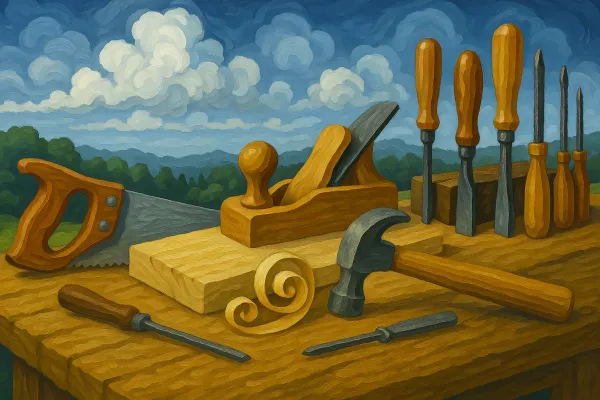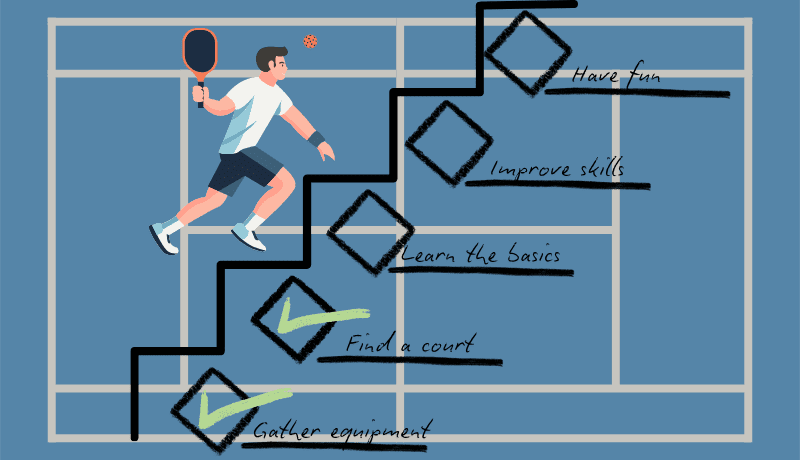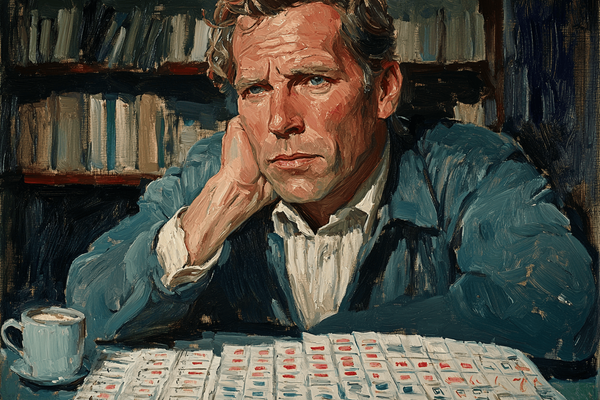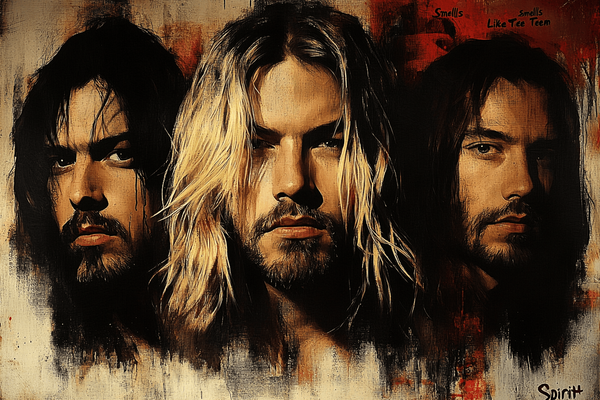Drunk Types When You are in Renaissance
People drank in different eras. But how did they get drunk in the Renaissance?
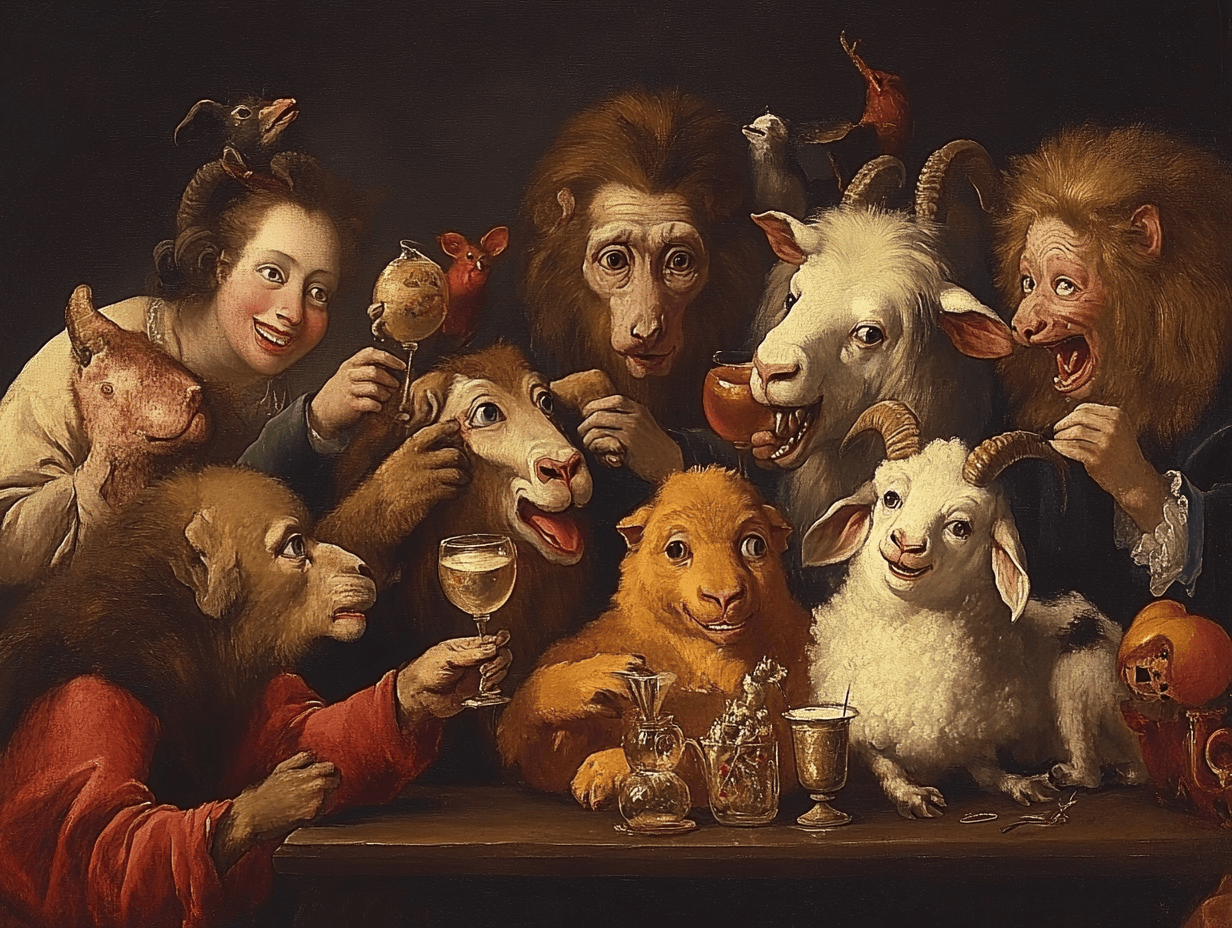
The Lack of Poetic Nature in Modern Alcohol Abuse
Alcohol consumption today is a nearly straightforward process. Not being an expert to a proper degree, I won’t delve too deep into this thought. Definitely, there are many examples of how alcohol affects our way to interact with the world. Nowadays, drunken behavior is not described as poetically as during the Renaissance.
Today we have descriptions of reckless behavior in a state of intoxication, there’s something connected to the blood alcohol concentration and drunk driving. But there’s almost no poetry. And Thomas Nashe had poetry, and we’ll take a look at it now.
This fascinating material is provided by the book “Lists of Note” [1]. Neural networks, inspired by paintings from the Renaissance era, will help us illustrate it.
Who Is Thomas Nashe, and What Does He Has to Do With Alcohol Addiction?
Thomas Nashe was a famous prose writer during the time of Elizabeth I in England. He was born in 1567 and died in 1601 under her reign. In that time, he became renowned for his plays, poems, novels, and pamphlets.
In 1592, Nashe wrote “Pierce Penniless his Supplication to the Divell”, a rather harsh book about the society of his time. It’s from this book that the following list, describing the drunk types, is taken. And the forms are quite interesting, with each variety becoming more and more effervescent.
So, the List of the Types of Drunks During the Renaissance
The Monkey
The happy drunk.

The first is ape drunke; and he leapes, and singes, and hollowes, and daunceth for the heauens.
The Lion
The most angry drunk.

The second is lion drunke; and he flings the pots about the house, calls his hostesse whore, breakes the glasse windowes with his dagger, and is apt to quarrell with anie man that speaks to him.
The Pig
The sloppy drunk.

The third is swine drunke; heauie, lumpish, and sleepie, and cries for a little more drinke, and a fewe more cloathes.
The Sheep
The thoughtful drunk.

The fourth is sheepe drunke; wise in his conceipt, when he cannot bring foorth a right word.
The Weeper
The drunk personality requiring the most sympathy. The sad drunk, the affectionate drunk.

The fifth is mawdlen drunke; when a fellowe will weepe for kindnes in the midst of ale, and kisse you, saying, “By God, captaine, I loue thee. Goe thy wayes; thou dost not thinke so often of me as I doo of thee; I would (if it pleased God) I could not loue thee as well as I doo;” and then he puts his finger in his eye, and cryes.
The Martin
Quite a mysterious drunk behavior.

The sixt is Martin* drunke; when a man is drunke, and drinkes himselfe sober ere he stirre.
* Who this Martin is still remains in question. Some believe it refers to “Martin Marprelate,” a pseudonym of a competing satirical pamphleteer. Another theory is that Nashe refers to St. Martin’s Day (November 11th), which was celebrated with excessive drinking.
The Goat
Possibly, the reckless drunk.

The seuenth is goate drunke; when, in his drunkennes, he hath no minde but on lecherie.
The Fox
The secret drunk.

The eighth is fox drunke—when he is craftie drunke, as manie of the Dutchmen bee, that will neuer bargaine but when they are drunke.
What the expressive ways to drink!
Alcohol Affects This Conclusion So It Will Sound Like a Toast a Bit
I hope your current state doesn’t make you feel like any of the aforementioned animals or characters. Let the negative consequences of alcohol's effects and mental health issues not trouble you, and let no complex measures be required. May you not experience the appearance of creatures born in the Renaissance. Be careful with consuming alcohol, avoid angry drunks, try not to act impulsively and don’t call to life your evil alter ego!
Don’t consume too much alcohol! You won’t be able to read then, and this blog values its readers!
Were those funny types of drunk personalities? Subscribe to the “So List” blog — there are many more amazing lists and checklists in the world. You’ll also learn how to solve many issues using these simple but powerful tools.
List of References
[1] Shaun Usher “Lists of Note: An Eclectic Collection Deserving of a Wider Audience”, ISBN 978-1452144573
